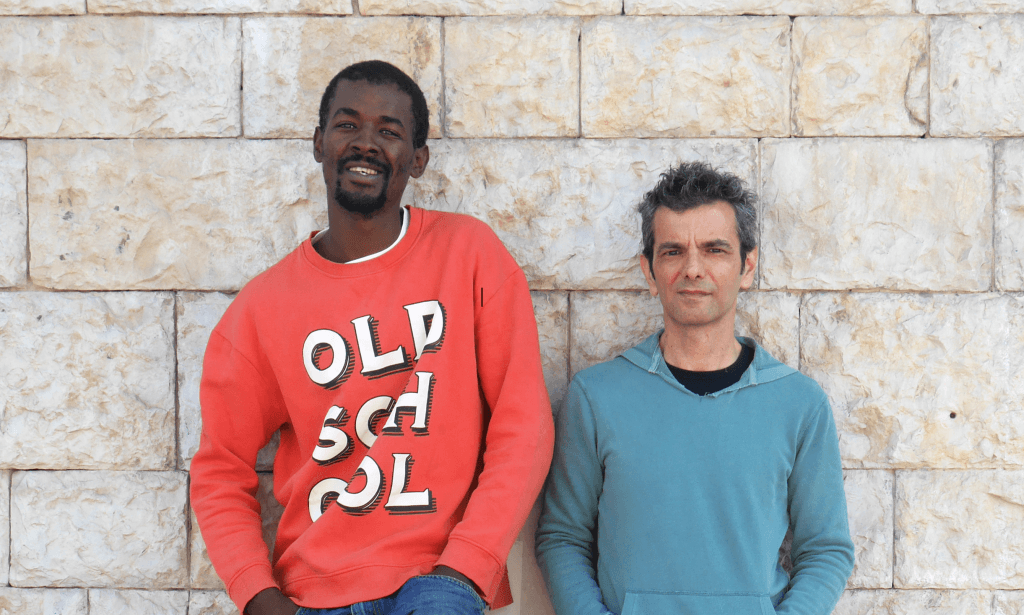ANTÓNIO JORGE GONÇALVES explains everything about GRAFITTI

ANTÓNIO JORGE GONÇALVES explains everything about GRAFITTI
LU.CA has invited António Jorge Gonçalves, comic book author, cartoonist, visual performer, illustrator, set designer and Portuguese Language teacher, to organize a programme completely devoted to grafitti. “Porque desenhamos nas paredes? (Why do we draw on walls?) goes from February 1st to Feb. 10th.
From cave paintings as the first example on the human need to leave its mark on walls, we will go through the history of graffiti until present day. We can see today walls, buildings, houses covered in all kinds of graffiti. Is it street art or sheer vandalism? This cycle seeks to understand the relations between art and power and the place for civil disobedience in artistic expression. It includes the following activities and events:
Eu estive aqui, História do graffiti de A a Z/
I was here, the History of Graffiti from A to Z (installation)
Humankind has always scribbled on walls. Like a dictionary for the words connected to this phenomenon, the installation show the relationships between contemporary graffiti and all the things humans have been scribbling in different times and places. From pre-historic cave walls to graffiters name tags, from bathroom scribbles to revolutionary murals, from viking runes on medieval cathedrals to the unreadable alphabets on our cities walls, from hip hop to the comments on Roman houses’ walls, we discover a ritual world of communication, dissension and beauty.
Desenhos efémeros/ Short-lived drawings (workshop)
From the book Desenhos efémeros on real-time digital drawing and object manipulation on overhead projector as performance to propose a practical exercise in suiting images to contexts. Inspired by these techniques, participants will try out the possibilities of real time drawing and visual composition and how it can be used in performance activities.
Válvula /Valve (show)
Searching for answers to some questions through graffiti history: Why have we been casually scribbling on the walls for thousands of years? Is it transgression or art? Communication or taking over? Can disobedience be excused? Artist António Jorge Gonçalves invites MC and activist Flávio Almada aka LBC Soldjah help with with some answers in a unique performance: half lecture, half rap/hip hop concert, with digital drawings and music.
Cidade e desobediência /City and disobedience (talk)
Graffiti and street art are the cities tattoos. A strategy into reclaiming public spaces, these images have found their place everywhere. Far from being consensual, they began by appearing in unauthorized places, breaking with dominant taste. Gradually, they have been assimilated as decoration and an antidote to the very transgression that created them.
In this talk, we will discuss issues such as the acceptability of civil disobedience, vandalism as a form of bringing back the disenfranchised onto public space, hyper vigilance and privatization in urban space, the relationship between art and power and the place of transgression in the arts.
LU.CA’s mezzanine will have books on the subject and on the artist, selected by António Jorge Gonçalves .

